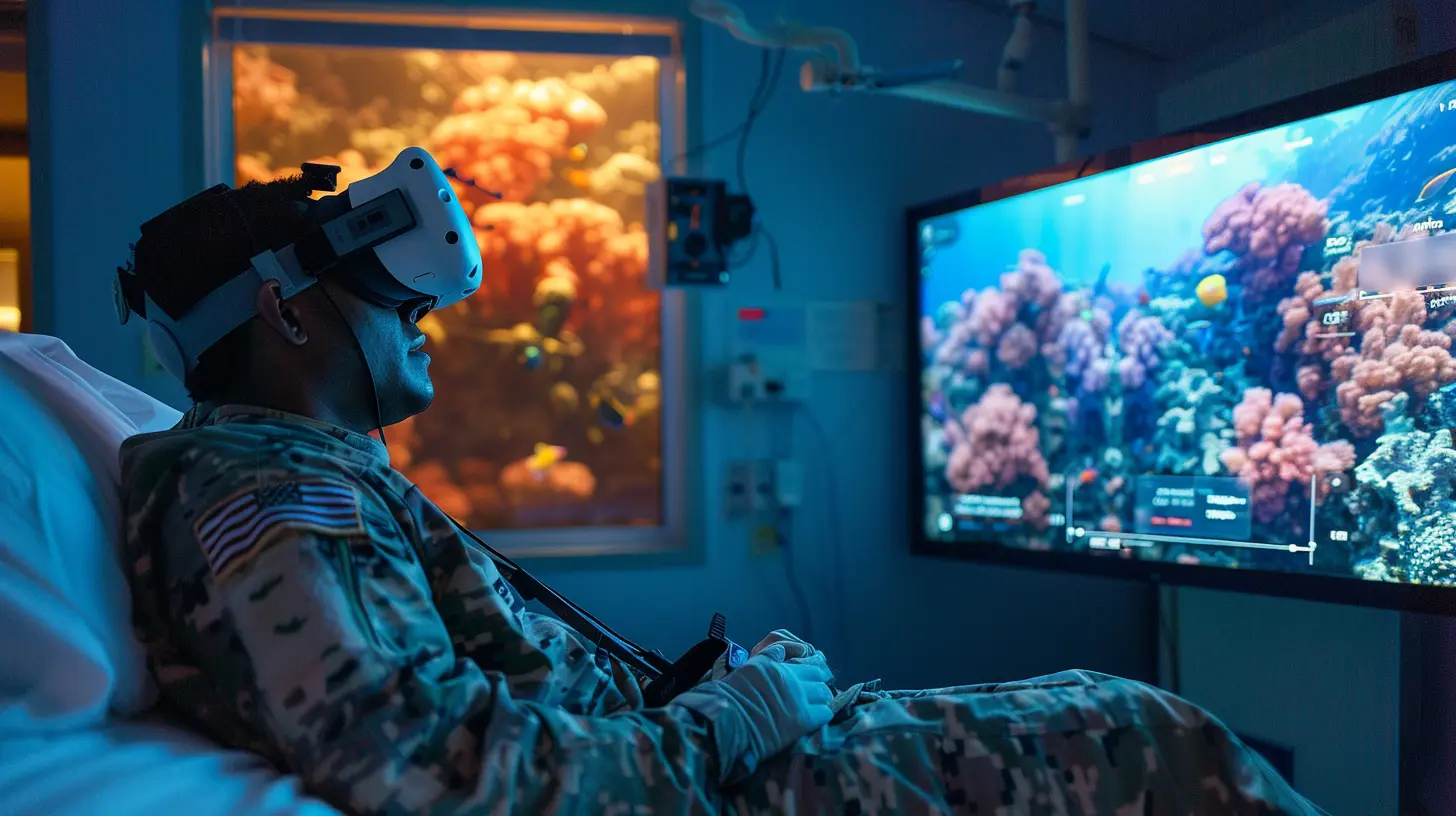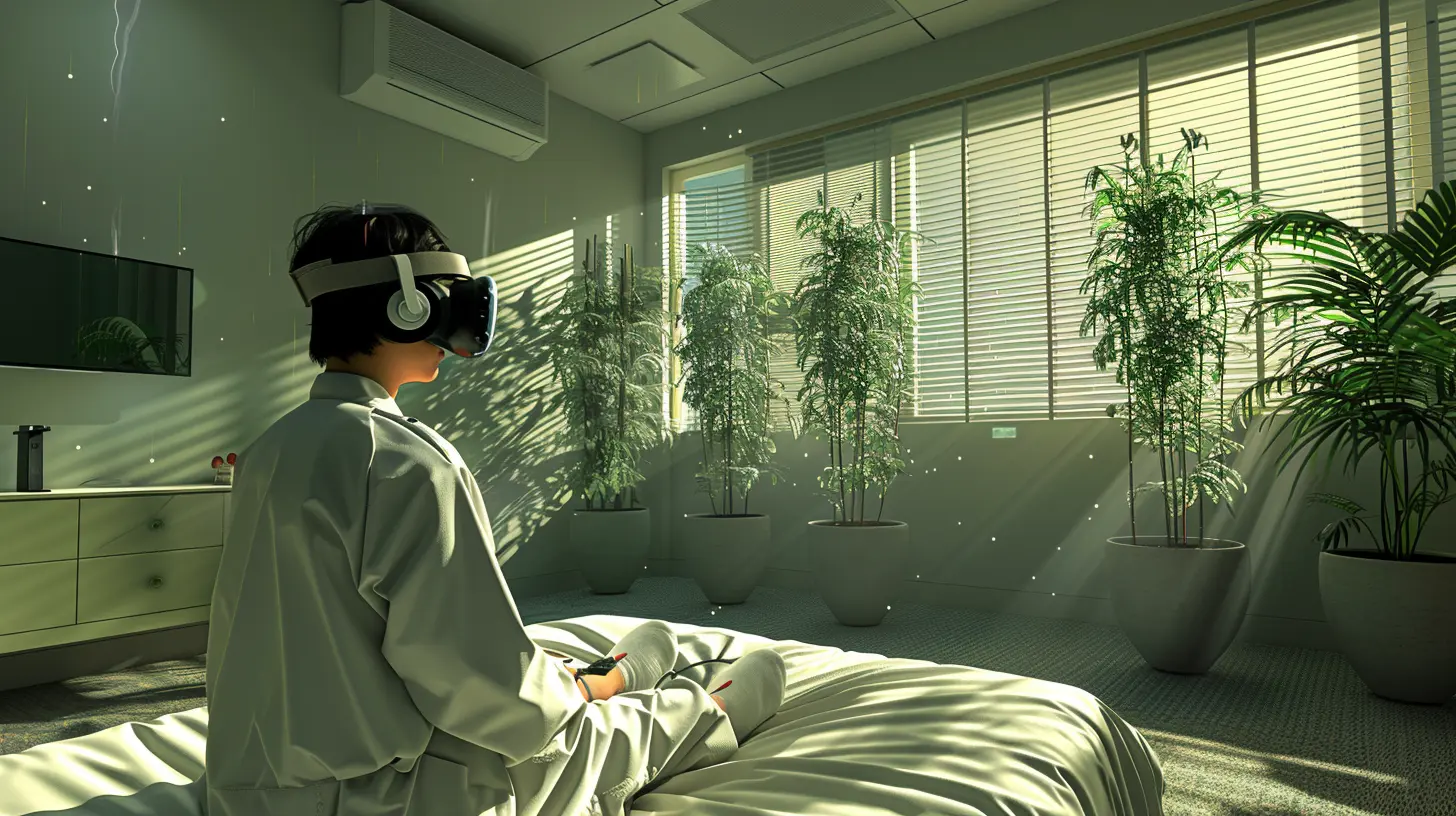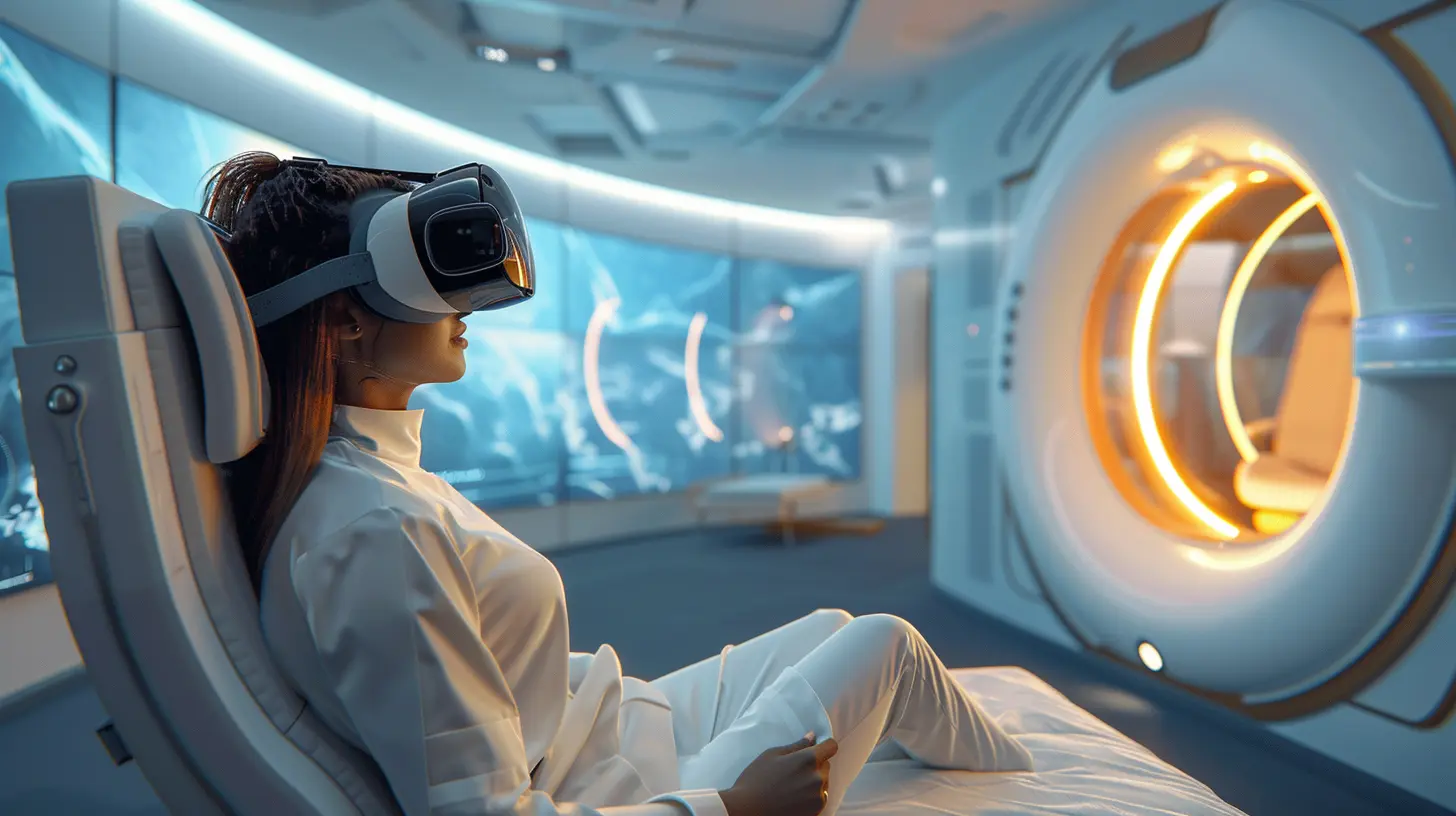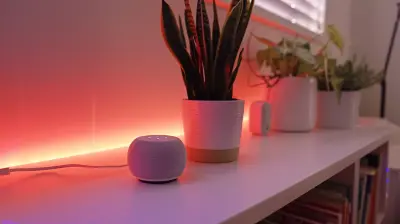How VR is Transforming Therapy for PTSD and Anxiety Disorders
7 August 2025
Virtual Reality (VR) is no longer just a gaming revolution—it's changing lives in ways we never imagined. One of the most profound applications of VR today is in the field of mental health, particularly for individuals battling Post-Traumatic Stress Disorder (PTSD) and anxiety disorders.
Imagine facing your worst fears in a safe, controlled environment—where you can slowly work through them without real-world consequences. That’s exactly what VR therapy is offering mental health professionals and patients alike.
In this article, we’ll dive deep into how VR is transforming therapy for PTSD and anxiety disorders, the science behind it, and why it could very well be the future of mental health treatment. 
The Growing Need for Innovative Mental Health Solutions
Mental health issues are on the rise, and traditional therapy methods, while effective, sometimes fall short for many patients. Exposure therapy, cognitive behavioral therapy (CBT), and medication remain the primary approaches for treating PTSD and anxiety. However, these treatments come with limitations, such as:- Patients struggling to fully immerse themselves in exposure therapy
- Fear of confronting traumatic memories too soon
- Difficulty in finding controlled environments to replicate real-world triggers
- High costs and accessibility challenges
This is where Virtual Reality Exposure Therapy (VRET) steps in, bridging the gap between conventional therapy and immersive healing experiences. 
What Is Virtual Reality Exposure Therapy (VRET)?
Virtual Reality Exposure Therapy (VRET) is a high-tech form of exposure therapy that immerses individuals in virtual environments designed to treat their specific traumas or anxieties.How does it work? Imagine a war veteran grappling with PTSD. Instead of simply talking about their experiences in regular therapy, they can be placed in a simulated war zone with controlled stimuli. This allows them to process their trauma at their own pace, in a structured and safe setting.
Similarly, someone with a crippling fear of public speaking can use VR to practice speaking in front of a virtual audience, progressively reducing their anxiety.
Studies have shown that the brain treats virtual experiences in much the same way as real ones, making VRET an incredibly powerful tool for desensitization and recovery. 
How VR Helps Individuals With PTSD
PTSD is one of the most challenging mental health conditions to treat because it often locks individuals in a loop of painful memories. Traditional exposure therapy works, but it can be difficult to recreate real-world trauma scenarios in a therapy office.VR changes all of that.
Immersion in Safe, Controlled Environments
VR allows therapists to customize environments to resemble the patient’s traumatic experience while keeping them in a controlled and safe setting. Whether it’s a car accident, a battlefield, or a violent event, therapists can gradually expose the individual to these memories without overwhelming them.Rewiring the Brain Through Gradual Exposure
PTSD triggers hyperactivity in the amygdala, the brain’s fear center. VR therapy helps retrain the brain by exposing it to mild, manageable doses of the traumatic experience without triggering a full-blown panic response. Over time, the brain rewires itself, making the memory less threatening.Enhancing Traditional Talk Therapy
VR doesn’t replace traditional therapy—it enhances it. Therapists can guide patients through their virtual experiences, helping them process emotions on the spot instead of just discussing them abstractly.More Engaging and Less Intimidating Than Traditional Therapy
Let’s be honest—therapy can feel intimidating. Some people struggle to verbalize their trauma, especially in face-to-face therapy. VR therapy removes this barrier by allowing them to actively engage with treatment rather than just talking about it.
How VR Helps Treat Anxiety Disorders
Anxiety disorders, from generalized anxiety disorder (GAD) to social anxiety disorder, can be debilitating. Many people avoid situations that trigger their anxiety, which unfortunately reinforces the fear over time.VR offers a unique way to confront anxiety head-on—gradually and in a controlled setting.
Gradual Exposure for Phobias
Let's say someone is terrified of flying. Instead of starting with an actual flight, VR therapy can simulate every step—from walking through an airport to sitting in a virtual airplane seat, gradually reducing anxiety with each session.Building Social Confidence for Social Anxiety
Social anxiety is another area where VR shines. Patients can practice having conversations, giving presentations, or even navigating a crowded social event—all without leaving their therapist's office.Mindfulness and Relaxation Through VR
VR can also transport anxious individuals to calming, peaceful environments, such as a virtual beach, forest, or mountaintop, helping them practice breathing exercises and mindfulness techniques in a distraction-free space.Overcoming Panic Attacks with Simulated Scenarios
For individuals with panic disorder, VR can simulate scenarios that typically trigger panic attacks—such as being in a crowded bus or an elevator—and teach them coping skills in real time.The Science Behind VR Therapy
VR therapy isn’t just a cool gimmick—it’s backed by solid neuroscience.Virtual Experiences Trigger Real Brain Responses
When you're inside a VR environment, your brain often treats the experience as real. This means that VR therapy taps into the same neural pathways that are activated during real-life experiences, making exposure therapy more effective.Neuroplasticity and Emotional Processing
Repeated exposure to controlled triggers through VR therapy encourages neuroplasticity—the brain’s ability to rewire itself. Over time, patients dissociate their triggers from extreme fear responses, which aids in long-term recovery.Heart Rate and Stress Level Monitoring
Some VR therapy setups even include biometric tracking, which allows therapists to monitor patients' heart rates and stress levels in real time, adjusting exposure accordingly.Why VR Therapy Could Be the Future of Mental Health Treatment
The widespread adoption of VR therapy could revolutionize mental health treatment by making therapy more effective, accessible, and engaging.Affordable and Scalable
Traditional therapy can be expensive and time-consuming. VR therapy, once fully developed, could potentially lower costs by reducing the number of in-person sessions needed.Accessible from Anywhere
With advancements in teletherapy and VR headsets becoming more affordable, patients could eventually access VR therapy from their own homes. This would be a game-changer for those in remote areas or individuals with mobility issues.Improved Patient Engagement
Therapy works best when patients actively engage with their treatment. VR’s immersive nature makes therapy more interactive and motivating, encouraging patients to stick with their sessions.A Personalized Approach
VR therapy can be highly tailored to each individual’s needs, ensuring a unique, customized healing experience based on their specific fears, traumas, and anxieties.Final Thoughts
Virtual Reality is not just a technological marvel—it’s a lifeline for individuals battling PTSD and anxiety disorders. By offering realistic yet safe exposure, VR therapy is helping people confront their fears, retrain their brains, and reclaim their lives.As technology continues to evolve, VR therapy could very well become a standard practice in mental health treatment, making relief more accessible, engaging, and effective than ever before.
So, could VR be the future of mental health? Based on what we’re seeing—it certainly seems so.
all images in this post were generated using AI tools
Category:
Virtual RealityAuthor:

Jerry Graham
Discussion
rate this article
1 comments
Zaylee Meyers
This is a powerful exploration of VR's potential to help those struggling with PTSD and anxiety.
August 14, 2025 at 3:54 AM

Jerry Graham
Thank you! I'm glad you found the exploration impactful. VR holds great promise in transforming therapy for those affected by PTSD and anxiety.


